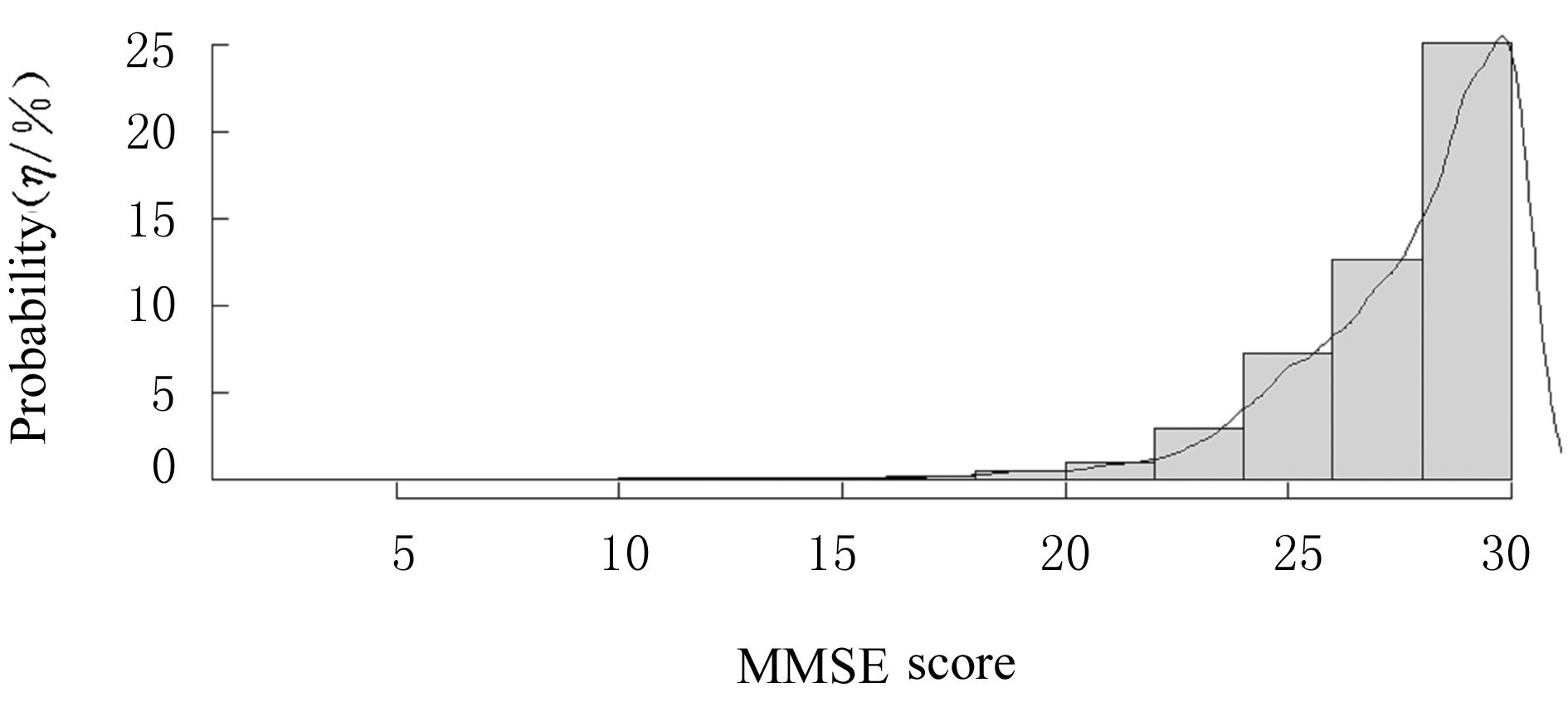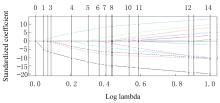| [1] |
Shan GAO,Yutong WANG,Minqiu LU,Lei SHI,Bin CHU,Yuehua DING,Mengzhen WANG,Li BAO.
Analysis on causes for early death and its risk factors of patients with multiple myeloma in era of novel drugs
[J]. Journal of Jilin University(Medicine Edition), 2022, 48(3): 783-789.
|
| [2] |
.
Improvement effect of Sanjiao acupuncture on permeability of blood-brain barrier in SAM mice and its mechanismWANG Yu1,2, KAN Bohong2,3,ZHAO Lan2,3,SHI Huiyan2,3,JIA Yujie2,3
[J]. Journal of Jilin University(Medicine Edition), 2021, 47(5): 1086-1091.
|
| [3] |
LI Jinhua, JIN Ying, LI Junfeng, LI Li.
Effects of sesamin on abilities of learning and memory in AD model mice and their mechanisms
[J]. Journal of Jilin University(Medicine Edition), 2019, 45(06): 1275-1280.
|
| [4] |
ZHANG Haolong, YU Zhentao, GAO Zihan, WU Yuanyu, FANG Xuedong.
Related risk factors and clinical treatment of patients with PGS after gastric cancer operation
[J]. Journal of Jilin University(Medicine Edition), 2019, 45(03): 673-677.
|
| [5] |
JIANG Rui, LIU Fang, PAN Yueji, LU Boyang, HOU Lulu, WANG Chunmei, JIA Hui, SHI Xiaoru.
Screening and analysis of dry eye in eye discomfort patients in Jilin Province
[J]. Journal of Jilin University Medicine Edition, 2017, 43(04): 832-838.
|
| [6] |
ZHOU Hong, LIU Jincai, LUO Guanghua, XIE Peihan, YANG Juan, DONG Yulan, QING Weipeng, ZHANG Jingjing.
Application of Coronary Artery Disease-Reporting and Data System in risk factor analysis of patients with coronary artery disease
[J]. Journal of Jilin University Medicine Edition, 2017, 43(03): 617-622.
|
| [7] |
SI Henan, ZHONG Shuxia, ZHOU Junfeng, YAO Lei, LIU Yuanyuan, SONG Yang, LI Shanshan.
Analysis on clinical characteristics and risk factors of 271 children with vitiligo
[J]. Journal of Jilin University Medicine Edition, 2017, 43(01): 147-150.
|
| [8] |
GUO Li, ZHANG Xiaoxia, YU Meiling, ZHAO Ting, ZHANG Liqun.
Preventive effect of hydroxyethyl starch solution on ovarian hyperstimulation syndrome
[J]. Journal of Jilin University Medicine Edition, 2016, 42(06): 1147-1150.
|
| [9] |
ZHANG Heng, QIN Zhigang, LIANG Huaxin, FANG Xiaoxuan.
Influence of delayed traumatic intracranial hemorrhage followed by large decompressive craniectomy in prognosis of patients with severe traumatic brain injury
[J]. Journal of Jilin University Medicine Edition, 2016, 42(02): 362-365.
|
| [10] |
FENG Huifen, ZHAO Qiumin, DUAN Guangcai, ZHU Guang.
Main risk factors of severe hand-foot-mouth disease: A Meta-analysis
[J]. Journal of Jilin University Medicine Edition, 2015, 41(05): 974-979.
|
| [11] |
JI Guofeng, TAO Youmao, LI Zhuo, MA Chong, XIAO Ling.
Analysis on risk factors of infections in patients with gastric cancerafter laparoscope-assisted distal gastrectomy
[J]. Journal of Jilin University Medicine Edition, 2015, 41(05): 1076-1079.
|
| [12] |
SHI Meirong, JIANG Wei, WANG Zhiyuan, SHI Weidong, SUN Ruoxue, CHEN Enqi, LIU Meihan.
Ultrasonic examination of carotid artery and peripheral artery atherosclerosis and their risk factors
[J]. Journal of Jilin University Medicine Edition, 2015, 41(05): 1055-1059.
|
| [13] |
YANG Fang,LIU Qian-qian,WANG Li-juan,GUO Wei-ying,YAO Yan.
Risk factors of vascular cognitive impairment among Chinese
population:Meta-analysis
[J]. Journal of Jilin University Medicine Edition, 2014, 40(03): 626-632.
|
| [14] |
CUI Lan,XIONG Ying-huan,JIN Nai-xing,FANG Jin-nü.
Influence of insulin resistance in different metabolic risk factors and their clusters among Yanbian Korean-Chinese and Han nationality people
[J]. Journal of Jilin University Medicine Edition, 2014, 40(02): 422-427.
|
| [15] |
.
Analysis on condition of chronic diseases,distribution of disease spectrum and main risk factors of diseases of elderly in Jilin province
[J]. Journal of Jilin University Medicine Edition, 2013, 39(6): 1275-1281.
|
 ),Suzhen WANG1
),Suzhen WANG1







